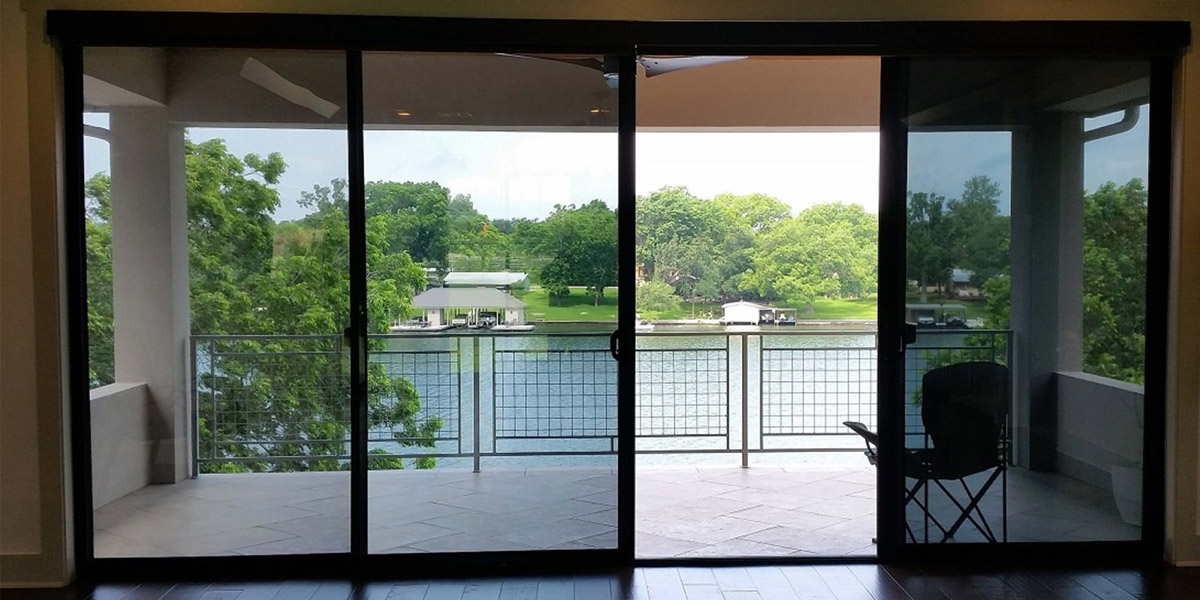Residential Window Tint: The Eco-Friendly Service for Your Home
Residential Window Tint: The Eco-Friendly Service for Your Home
Blog Article
Exactly How Residential Window Tinting Enhances Your Home's Power Efficiency
Residential home window tinting presents a compelling service for home owners looking for to boost energy efficiency within their living areas. By using specialized movies to home windows, it properly reduces heat transfer, thus supporting interior temperature levels and decreasing the demand for too much home heating or cooling.
Understanding Window Tinting
Understanding window tinting is important for property owners seeking to improve both comfort and energy effectiveness in their living areas. Residential Window Tint. Window tinting involves the application of a thin film to the inside or outside surface of glass windows. This film can significantly modulate the quantity of sunshine and warm that goes into a home, therefore influencing indoor environment problems
There are numerous kinds of window tinting films available, each with distinct residential or commercial properties. Dyed movies take in solar energy, while reflective movies disperse it away from the glass surface area. Ceramic films use a balance of visibility and warmth denial, making them a prominent option among home owners. The performance of home window tinting is typically measured by its Visible Light Transmission (VLT) percent, which suggests just how much light can travel through the movie.
Benefits of Power Effectiveness
Home window tinting not only boosts looks but additionally plays a significant duty in improving power efficiency within property spaces. By minimizing heat transfer with home windows, tinted movies create a much more secure interior environment, which can lead to considerable decreases in energy usage for home heating and cooling. This power efficiency equates right into reduced utility expenses, giving property owners with significant long-term savings.

In addition, window tinting enhances the convenience of living areas. By reducing glow and blocking hazardous UV rays, colored home windows create an even more enjoyable environment, which can bring about enhanced well-being for passengers. The protection versus UV rays likewise aids protect furniture and floor covering from fading, adding to the long life of home things.
Exactly How Tinting Functions
Tinting films run with a mix of sophisticated products and innovations designed to manage the quantity of solar power getting in a home. Mainly made up of polyester, these films commonly incorporate metal or ceramic bits that soak up and reflect warmth. This dual ability allows them to considerably lower the penetration of ultraviolet (UV) rays and Get More Information infrared radiation while permitting noticeable light to travel through.
The efficiency of home window tinting is measured by its solar heat gain coefficient (SHGC), which suggests just how much solar energy is transferred via the window. Lower SHGC worths are preferable as they denote higher warmth rejection. Additionally, window colors can include a variety of shades, enabling home owners to tailor their aesthetic preferences while improving power performance.
In addition, these films serve as a barrier, stopping warmth loss throughout cooler months by mirroring interior warmth back right into the living room. This thermal insulation result enhances the air conditioning benefits gotten throughout warmer months, adding to a well balanced interior environment year-round. By taking care of solar energy successfully, household home window tinting not just boosts convenience yet additionally plays a vital role in reducing energy consumption and lowering energy costs.
Picking the Right Color

There are different kinds of home window movies available, including dyed, metalized, and ceramic. Ceramic films supply superb heat control without compromising exposure and are extremely long lasting, making them a preferred option.
Visible light transmission (VLT) is another important aspect, as it shows the quantity of all-natural light that can go through the colored glass. Homeowners should select a tint with a VLT that complements their lighting preferences while still providing ample glare reduction.
Additionally, evaluating the solar heat gain coefficient (SHGC) can help determine how well a tint can obstruct warmth from sunshine. A lower SHGC indicates better heat control, ultimately boosting power effectiveness.
Installment and Maintenance Tips
Appropriate installation and upkeep are vital elements in maximizing the advantages of residential window tinting. Specialists also utilize specialized strategies and tools, which can boost the my latest blog post resilience and performance of the color.
Following installment, maintenance is crucial to prolong the life of the window movie. It is advised to wait at least 30 days before cleaning up the tinted home windows to allow the glue to treat totally.
Addressing these problems immediately can prevent additional damages and keep power performance. By adhering to these installation and upkeep tips, homeowners can ensure their home window tinting continues to provide significant energy financial savings and comfort for years to come.
Verdict
In conclusion, property home window tinting serves as an efficient remedy for boosting energy efficiency within homes. By minimizing heat transfer and obstructing dangerous UV rays, home window films contribute to reduce power consumption and boosted indoor comfort.
Window tinting includes the application of a slim movie to the inside or exterior surface of glass windows. By lowering warm transfer through windows, colored films produce a more secure indoor climate, which can lead to substantial reductions in energy usage for their website heating and air conditioning.The performance of home window tinting is gauged by its solar warmth gain coefficient (SHGC), which suggests exactly how much solar power is sent through the window. By managing solar power effectively, household window tinting not just enhances convenience but also plays an essential duty in reducing power intake and lowering energy costs.
By lowering heat transfer and obstructing unsafe UV rays, home window films add to lower power usage and improved indoor comfort.
Report this page